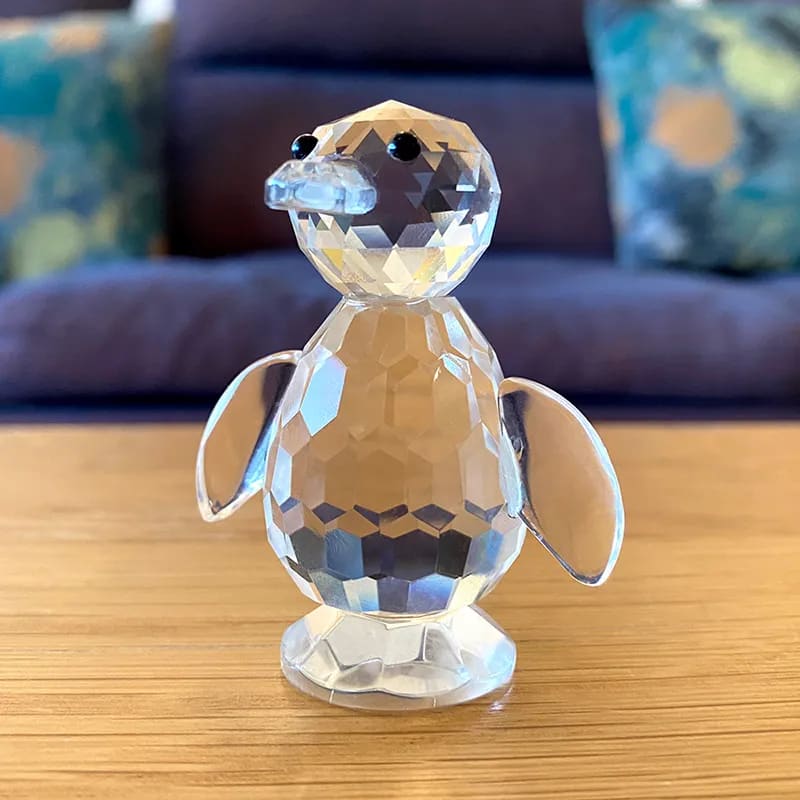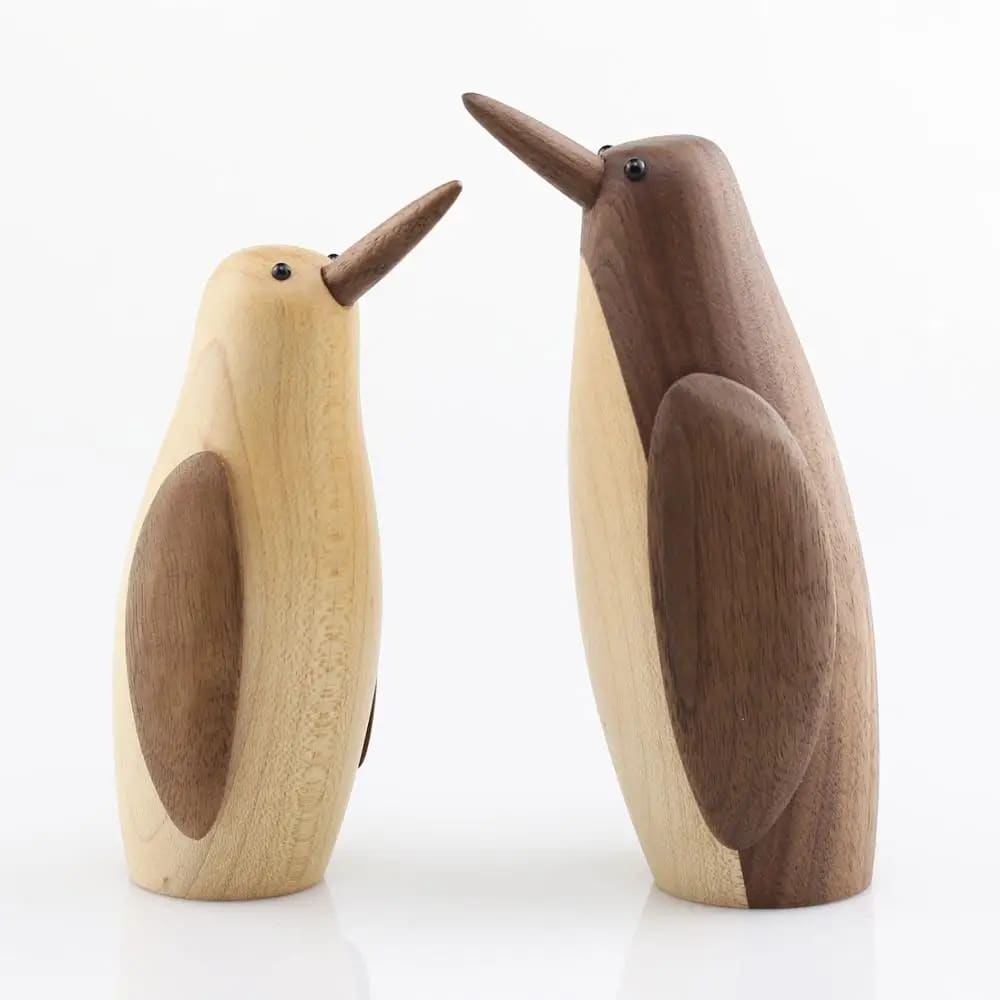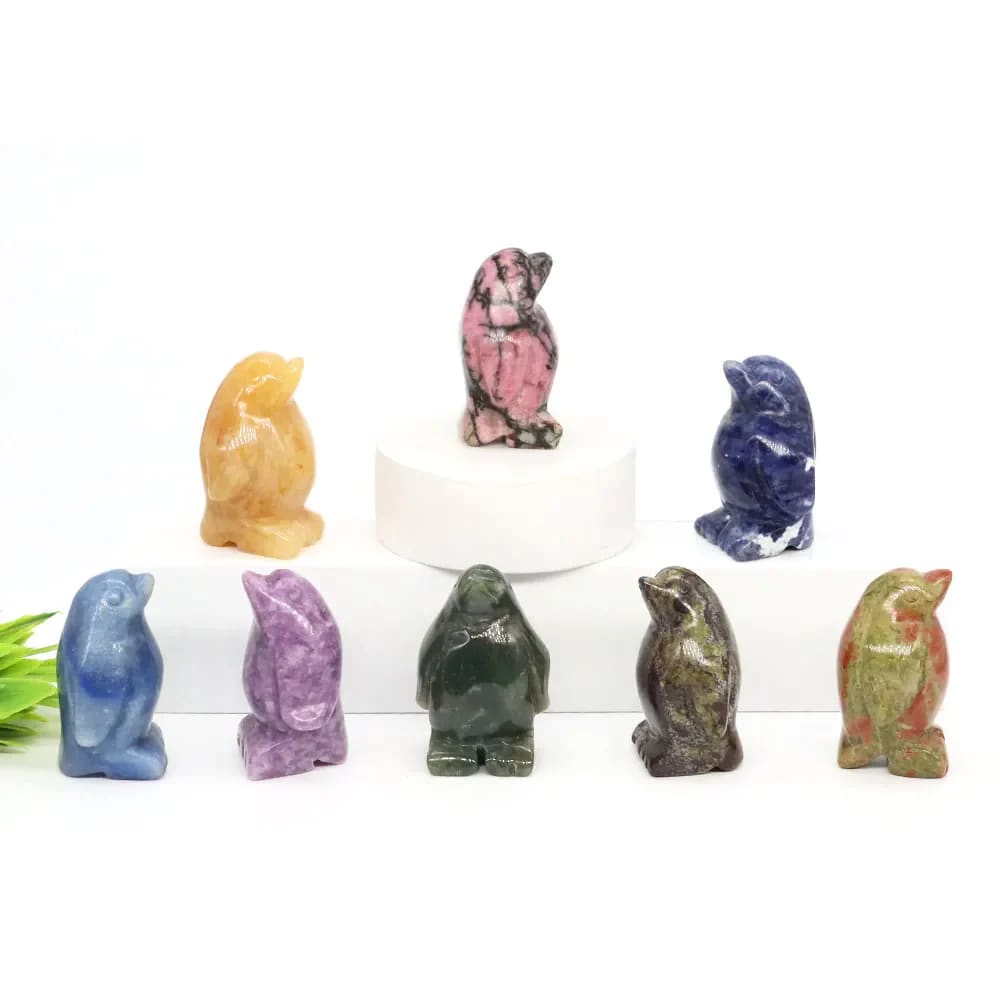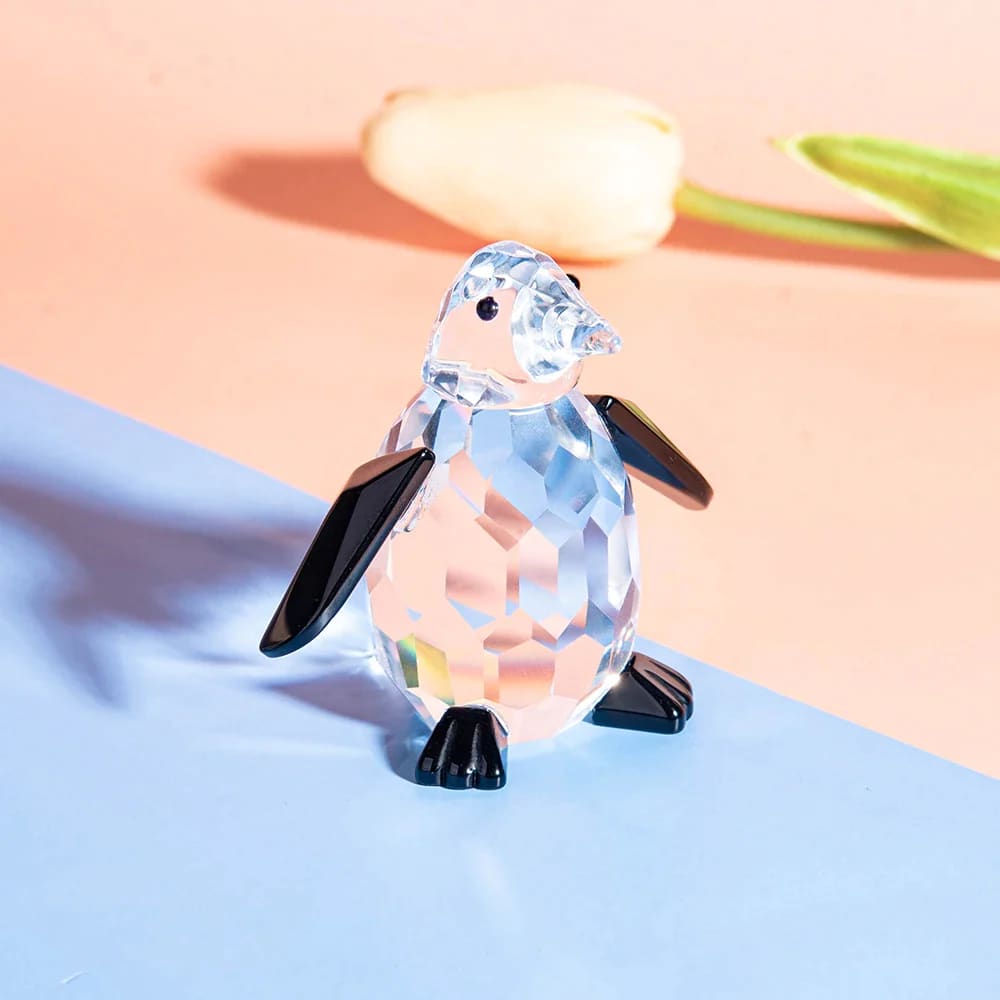The Fascinating Origins of the Humboldt Penguin
The Humboldt Penguin, also known as the Peruvian Penguin, is native to the coastal regions of Peru and Chile. Named after the famous Prussian explorer Alexander von Humboldt, these flightless birds are found in the Humboldt Current, one of the most productive marine ecosystems in the world.
These playful creatures have distinct characteristics that set them apart from other penguins. With a stocky build, they have a black back and head, white stomach, and a unique pinkish color along their beaks and feet. Their signature mark is the black stripe that extends from their eyes to their chin, giving them a charming and distinctive appearance.
The Habitat and Lifestyle of the Humboldt Penguin
Humboldt Penguins thrive in a habitat characterized by rocky shores, cliffs, and islands. They form dense colonies, nesting in crevices and burrows they excavate on the ground or in guano deposits. Pairs of penguins mate for life, showing remarkable loyalty to their chosen partner.
A typical day in the life of a Humboldt Penguin involves activities like fishing, socializing with fellow penguins, and resting on coastal rocks. They are agile swimmers, gliding effortlessly through the water to catch their favorite prey - small fish and squid. Their streamlined bodies and strong flippers make them excellent divers, allowing them to reach depths of up to 150 feet in search of their next meal.
Despite being highly adapted to marine life, Humboldt Penguins are equally comfortable on land, using their wings for balance and propulsion. They are also adept climbers, using their sharp beaks and claws to grip onto the rocky terrain.
Adaptations of the Humboldt Penguin to Extreme Environments
Living in a region that experiences extreme temperatures and harsh weather conditions, the Humboldt Penguin has developed several adaptations to survive in its unique habitat. Their dense feathers provide excellent insulation, keeping them warm in the cold Pacific waters. They also possess a gland above their eyes that filters out excess salt, enabling them to drink saltwater and conserve fresh water.
Another remarkable adaptation of the Humboldt Penguin is its ability to fast for extended periods when food is scarce. During these times, they rely on their fat reserves to sustain themselves until they can find food again. These resilient creatures have evolved to endure the challenges of their environment, proving their remarkable resilience against adversity.
The Social Dynamics of the Humboldt Penguin
The Humboldt Penguin is a highly social bird, forming large colonies of individuals that can number in the thousands. Within these colonies, they establish a complex social structure with clearly defined hierarchies.
Communication is vital for the survival and well-being of the colony. Humboldt Penguins use various vocalizations, body postures, and displays to convey messages to other members. From courtship calls to territorial warnings, they have a diverse repertoire of vocalizations that facilitate effective communication.
Mating and Courtship Among Humboldt Penguins
Mating season for Humboldt Penguins occurs between November and December. During this time, the males engage in an elaborate courtship display to attract a mate. They trumpet, bow, and perform synchronized movements to demonstrate their fitness and attract females.
Once a pair is formed, they engage in bonding behaviors such as mutual preening, which strengthens the emotional connection between them. Together, they collaborate in building a nest lined with rocks and feathers, taking turns to incubate the eggs. After about 40 days, the chicks hatch, and both parents share the responsibility of feeding and caring for the young.
Family bonds are strong among Humboldt Penguins. Parents recognize their chicks based on unique vocalizations and markings, ensuring a strong bond that lasts throughout the penguin's life.
Colony Dynamics and Social Hierarchy
Humboldt Penguins exhibit a clear social hierarchy within their colonies, with dominant individuals having preferred access to resources such as nesting sites and food. To maintain order, they engage in displays of aggression and submission, which help establish and enforce their status within the group.
Within the colony, competition for mates and resources can be fierce. With limited nesting sites and food availability, Humboldt Penguins must navigate complex social dynamics to ensure their survival and breeding success. Those at the top of the hierarchy enjoy the best resources, while lower-ranking individuals must find alternative strategies to thrive in this challenging environment.
Humboldt Penguins: Conservation and Threats
Despite their resilience and adaptability, Humboldt Penguins face numerous threats that have led to a significant decline in their population. Changes in the marine ecosystem, including overfishing and climate change, disrupt their food supply and habitat. Pollution from oil spills and human activities along the coast further impact their well-being.
Conservation efforts are crucial for the survival of Humboldt Penguins. Organizations are working tirelessly to protect their habitats, establish marine protected areas, and raise awareness about the need to safeguard these unique creatures.
Protecting the Humboldt Penguin Habitat
Creating protected areas within the Humboldt Current is essential for preserving the ecosystem that the penguins depend on. These marine reserves provide a safe haven for the penguins, allowing them to thrive and reproduce without disturbances from human activities.
Conservationists also collaborate with local communities to promote sustainable fishing practices and reduce pollution along the coast. By raising awareness and fostering a sense of stewardship among the people living in these regions, the long-term survival of the Humboldt Penguin can be secured.
The Importance of Research and Monitoring
Scientists and researchers play a crucial role in understanding the complex dynamics of Humboldt Penguin populations and their response to environmental changes. By studying their behavior, migration patterns, and breeding habits, valuable insights can be gained to inform conservation strategies.
Monitoring the population size and health of the Humboldt Penguins is vital for identifying potential threats and taking appropriate actions to protect them. This ongoing research allows conservationists to adapt their strategies and ensure the long-term survival of these charismatic creatures.
Conclusion: The Resilient and Beloved Humboldt Penguin
The Humboldt Penguin is not just a fascinating creature with unique adaptations and social dynamics, but also a symbol of the delicate balance between humans and the natural world. Their story reminds us of the importance of conservation and the need to protect the diverse habitats that support the incredible biodiversity of our planet.



























